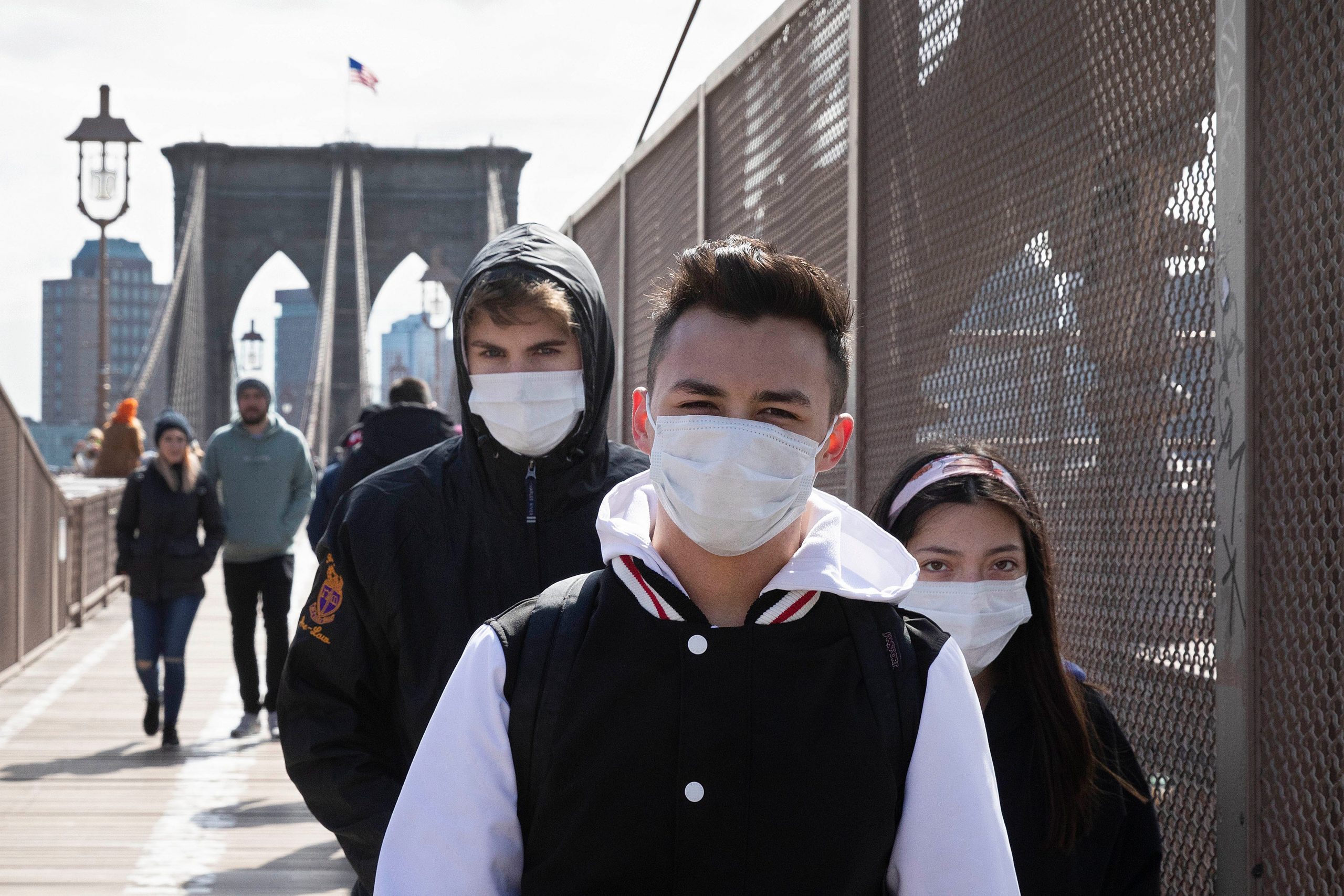- The coronavirus has infected more than 1.2 million people worldwide in just a few months.
- According to Anthony Fauci, “between 25% and 50%” of people may be asymptomatic carriers – people who are contagious but not physically sick.
- These carriers are thought to play a significant role in the virus’ spread.
- Visit Business Insider’s homepage for more stories.
At least one-third of the world is under some type of lockdown to slow the coronavirus‘ spread.
That’s because the COVID-19 virus is insidious.
“There’s significant transmission by people not showing symptoms,” Stephen Morse, an epidemiologist at Columbia University, told Business Insider.
According to Anthony Fauci, director of the National Institute of Allergy and Infectious Disease, “somewhere between 25% and 50%” of people infected with the new coronavirus may never show symptoms or fall ill – but can still transmit the illness to others. Robert Redfield, director of the Centers for Disease Control and Prevention, gave NPR a similar estimate on March 31, suggesting that asymptomatic carriers are contributing to the rapid spread of the coronavirus
During a White House briefing on April 5, Fauci cautioned that these percentages are just estimates, and said there is disagreement even among his colleagues as to how many people are asymptomatic. He added that antibody tests - which can confirm whether a person has already had COVID-19 - are needed to answer that question "in a scientifically sound way."

"We don't know all the unidentified cases out there," Morse said. "It's mostly sicker people in hospitals who are being tabulated."
The prevalence of asymptomatic transmission doesn't bode well for global containment efforts, as Bill Gates recently wrote in the New England Journal of Medicine.
"That means COVID-19 will be much harder to contain than the Middle East respiratory syndrome or severe acute respiratory syndrome (SARS), which were spread much less efficiently and only by symptomatic people," Gates said.
What we know about asymptomatic and presymptomatic transmission
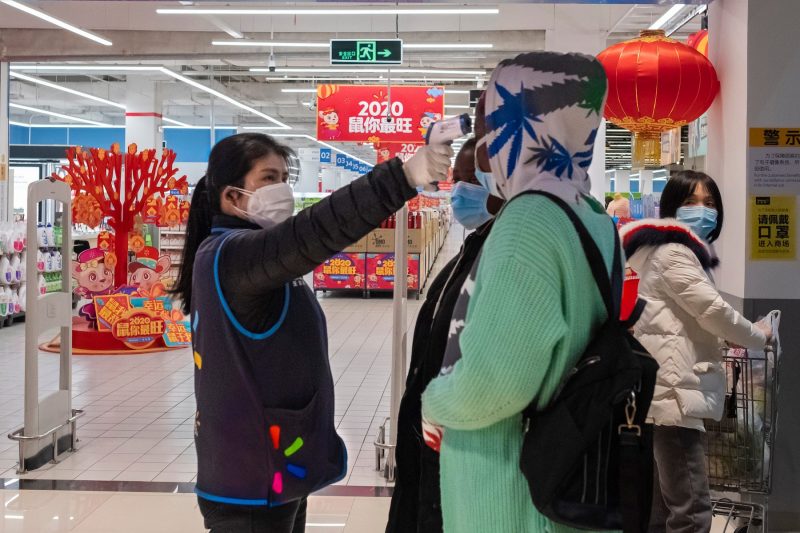
The first confirmation that the coronavirus can be transmitted by asymptomatic people came in February, when a case study described a 20-year-old woman from Wuhan, China, who passed the coronavirus to five family members but never got physically sick herself.
A World Health Organization report about the coronavirus outbreak in China, also published in February, found few instances in which a person who tested positive never showed any symptoms. Instead, most people who were asymptomatic on the date of their diagnosis (a relatively small group) went on to develop symptoms later.
"The proportion of truly asymptomatic infections is unclear but appears to be relatively rare," the report authors wrote.
In the WHO study, 75% of people in China who were first classified as asymptomatic later developed symptoms, ProPublica reported. That means, technically, "presymptomatic transmission" is what's probably common.
Other research has reaffirmed these findings. A CDC study of coronavirus patients in a nursing home in King County, Washington, found that of 23 people who tested positive, only 10 showed symptoms on the day of their diagnosis. Ten people in the other group developed symptoms a week later.
"These findings have important implications for infection control," the authors wrote, adding that many public-health approaches "rely on presence of signs and symptoms to identify and isolate residents or patients who might have COVID-19."
The CDC also evaluated coronavirus patients on the Diamond Princess cruise ship, which was quarantined in Japan in February. Of the 3,711 people on board, 712 tested positive, but almost half of them had no symptoms at the time.
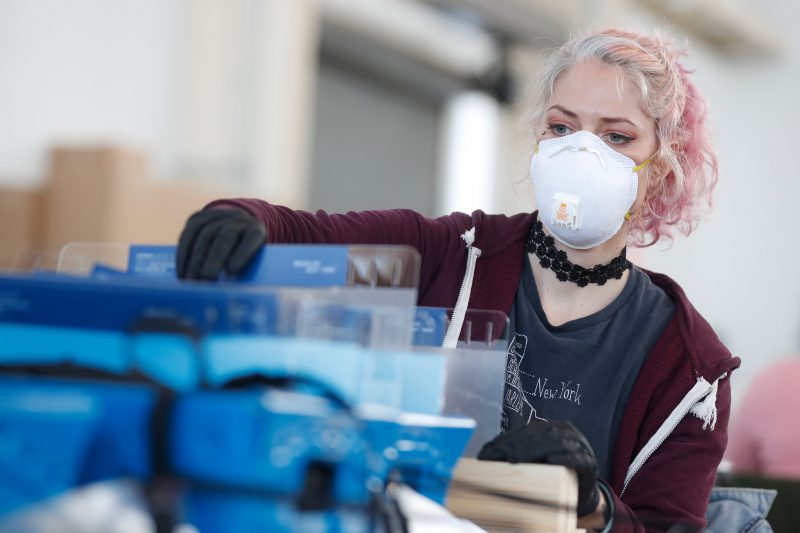
Other examples of asymptomatic and presymptomatic transmission abound
Redfield told NPR that infected people are likely "shedding significant virus" about 48 hours before symptoms appear.
"This helps explain how rapidly this virus continues to spread across the country, because we have asymptomatic transmitters and we have individuals who are transmitting 48 hours before they become symptomatic," he added.
A handful of recent studies and reports suggest that presymptomatic and asymptomatic transmission is not unusual.
- A report published April 13 in the New England Journal of Medicine examined coronavirus infections in pregnant women giving birth at two New York City hospitals between March 22 and April 4. Of the 215 women tested for COVID-19, 33 were positive - but only four of them showed coronavirus symptoms.
- A small study among Japanese ex-pats evacuated from Wuhan in February found that 31% of people who tested positive showed no symptoms.
- Research that examined coronavirus cases in Singapore found that of 157 cases acquired locally, 10 involved presymptomatic transmission. The scientists concluded that most transmission from presymptomatic people occurred one to three days before a person developed symptoms.
- Research from China in February found that 13% of the 468 confirmed cases studied involved presymptomatic transmission.
- The Los Angeles Times reported that a three-quarters of a group of singers who attended a 60-person choir practice got the COVID-19 virus, even though none showed symptoms at the practice.
- Last month, 14 NBA players, coaches, and staff tested positive for the coronavirus. Half of them didn't have symptoms when they received their diagnosis, according to The Wall Street Journal.
- A biotech company in Iceland that has tested more than 9,000 people found that about half of those who tested positive said they were asymptomatic, the researchers told CNN.
Presymptomatic people may shed the highest amount of the virus
An especially troubling aspect of presymptomatic transmission is that people seem to shed more coronavirus in the earlier stages of their infection. But the average symptom onset takes five days.
Research that examined 23 coronavirus patients in two Hong Kong hospitals found that people's viral load - how many viral particles they were carrying and shedding into their environment - peaked during the first week of symptom onset and then gradually declined. A SARS patient, by contrast, sheds the most virus seven days to 10 days after getting visibly sick.
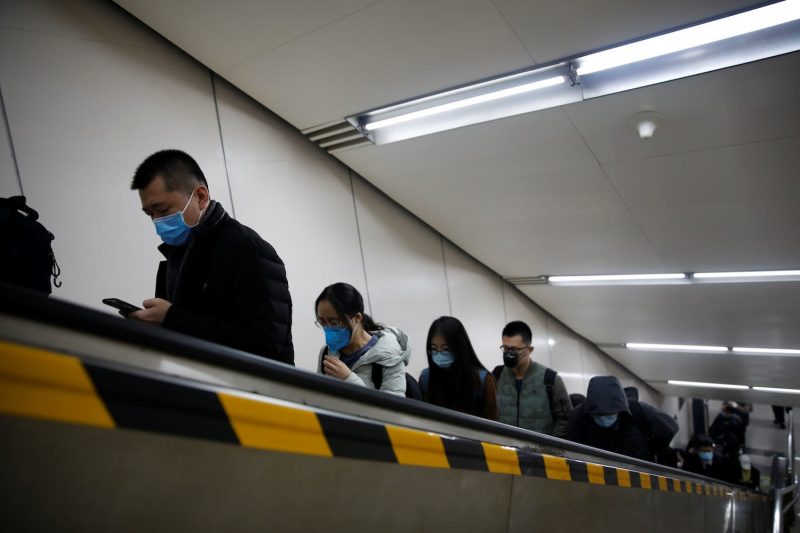
A study from Guangzhou found similar results: Among 94 patients, people were most contagious right when symptoms started to show, or just before.
Children could be asymptomatic carriers
A notable group of asymptomatic carriers could be children. Thus far, children are among those least sickened by the coronavirus - but some could be getting very mild infections and then spreading the virus.
Research published March 25 in the journal The Lancet looked at 36 children who tested positive for the coronavirus in three Chinese hospitals. Half of those children had "mild disease with no presenting symptoms," the authors wrote.
Another study, published April 6, looked at more than 2,500 coronavirus cases among children younger than 18 in the US between. The authors found that 73% of the patients in that age group had a fever, cough, or shortness of breath, compared to 93% of adults.
The researchers concluded that "children do not always have fever or cough as reported signs and symptoms" of COVID-19.
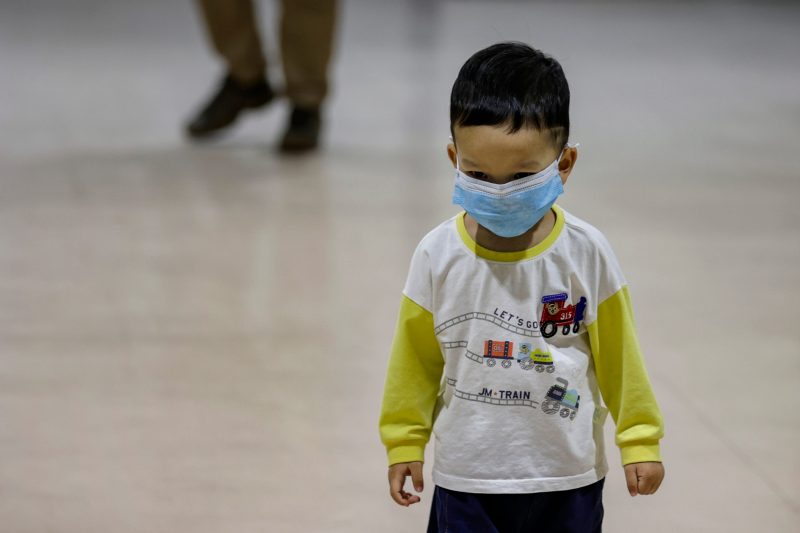
Yet another recent study, which has yet to be peer-reviewed, found that 56% of 700 children infected with COVID-19 in China had mild, if any, symptoms.
John Williams, an expert in pediatric infectious disease at the University of Pittsburgh Medical Center, told ABC that "asymptomatic infection is common in children, occurring in 10-30%" of cases.
Wearing masks could help reduce presymptomatic transmission
On April 3, the CDC recommended that people in the US start wearing cloth masks when they go out in public, even if they feel healthy.
The policy is different from the agency's guidelines during the early days of the coronavirus outbreak, when CDC experts said they did not "recommend the use of face masks for the general public."
The prevalence of presymptomatic transmission was a primary reason for the change.
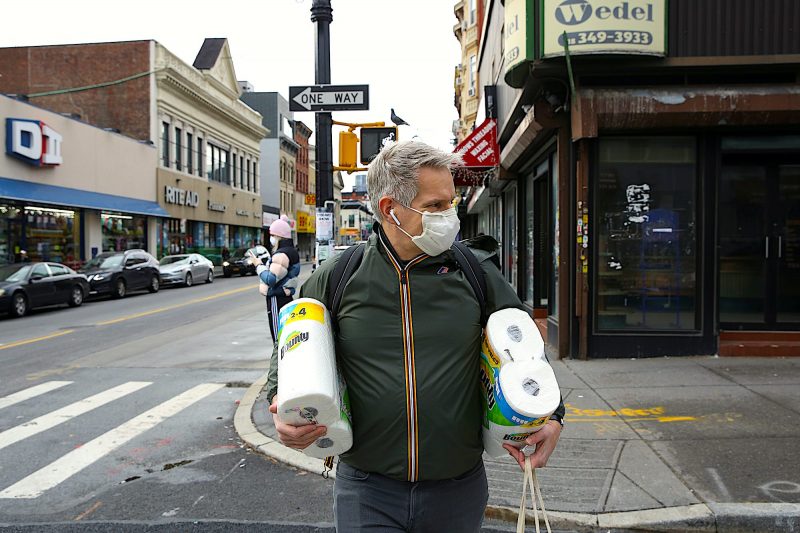
"We have always recommended that symptomatic people wear a mask because if you're coughing, if you have a fever, if you're symptomatic, you could transmit disease to other people," Surgeon General Jerome Adams said on April 3. He added, "we now know from recent studies that a significant portion of individuals with coronavirus lack symptoms. This means that the virus can spread between people interacting in close proximity, for example, coughing, speaking, or sneezing, even if those people were not exhibiting symptoms."
Face protection for the most part doesn't benefit the wearer; instead, masks primarily protect others from the wearer's germs.
